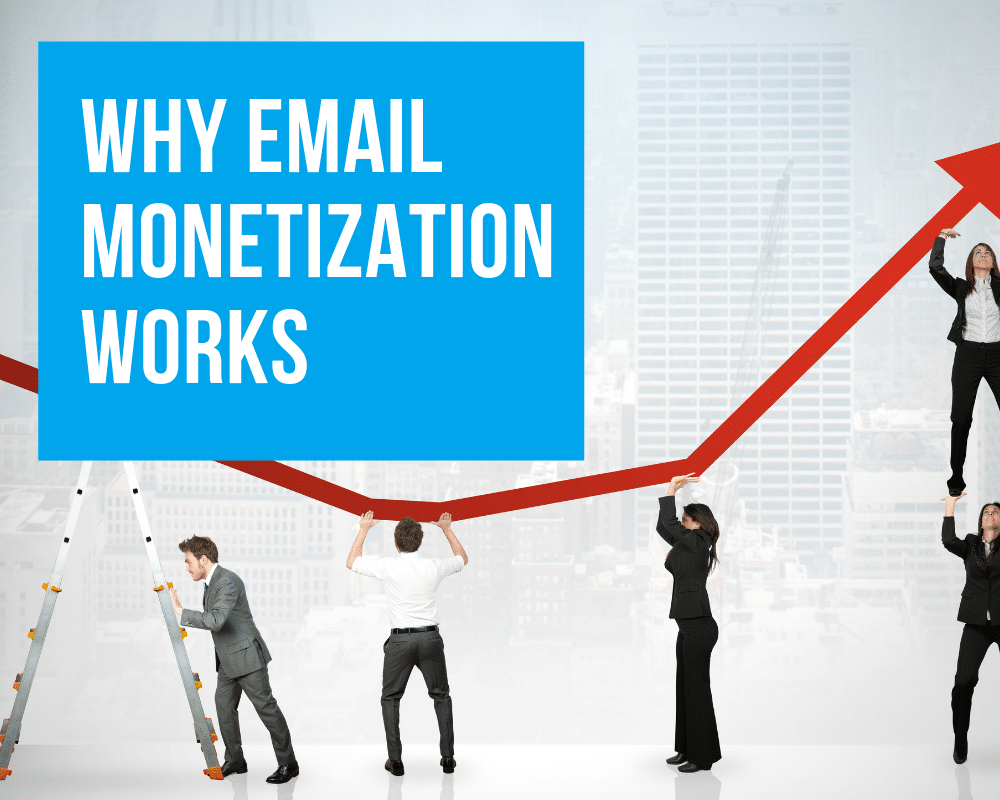Email monetization — the act of turning your existing newsletter list into a source of secondary passive income with advertising — does work. But many business owners are afraid to monetize their lists, pulling punches on both advertising and calls to action for their own goods and services. This hesitance to monetize a content stream they probably spend a lot of time and effort building is in part because businesses buy into the myth that consumers see all ads as evil.
New data from Mantis Research indicates that this is simply not true. Consumers don’t see all advertising as equal, and many don’t mind relevant, interesting ads in their email newsletters. Here are three statistics that prove email monetization can be effective and what businesses need to learn from them.
64 Percent Will Click on Relevant Email Ads
When polled about advertising in email newsletters, 64 percent of adults said they would be likely to click on ads that were relevant and interesting to them. While that percentage goes up for younger generations, the majority of adults in all age ranges gave the affirmative on this stance. Even among baby boomers — who are most likely to be annoyed by advertising in emails — as many as 57 percent said they would click through when the content or offer was relevant.
The takeaway for businesses: Monetize your email newsletters, but do it wisely. Put methods in place to ensure the offers and ads included align with the interests and needs of your audience, and avoid hitting the same users repeatedly with ads for things they already bought. The vast majority of Gen Zers said this is the most annoying type of ad.
While you’re planning your monetization scheme, don’t forget to ensure ads align with your brand mission, vision and values too. One way to alienate your email subscribers is to preach a specific brand value only to make money from an ad that flies in the face of that message.
79 Percent Prefer a Free App, Even With Ads
Mantis Research also asked adults how they felt about advertising in mobile apps. More than three-quarters said they prefer a free mobile app with ads overpaying for a mobile app to get an ad-free experience. Obviously, this preference is more likely to be the case when ads are:
- Relevant
- Few
- Not in the way of the app experience
The takeaway for businesses that want to monetize email: It’s clear that consumers are willing to make an exchange — they will tolerate and accept advertising when they get something of value from the publisher. Businesses can take this information from the app space and apply it to email: If your newsletter is consistent, timely, interesting and helpful, users won’t mind an ad or two. Remember, though, that ads must be relevant, few (don’t clutter your message with messages from others) and not negatively impactful to the reader experience.
67 Percent Are More Likely to Click Through When They Trust the Publisher
Across all types of platforms, including email, users are more likely to click on an ad when they trust the publisher of the content where the ad resides. The message here is pretty clear: When a brand or business someone trusts legitimizes a link or product — even with just a paid advertisement — many consumers are willing to give the new information a look.
That’s good news for businesses looking to monetize existing email lists because it means the advertisers you work with are likely to receive quality click-throughs and leads. Whether you work with advertisers on a CPC basis or sell ad space directly, the implications are the same: increased revenue from ads.
The takeaway for businesses, however, is that you have to balance increased ad revenues with the trust of the people on your email lists. You should never do something that might seriously erode that trust, which means staying true to your message and choosing ad partners wisely. It also means drawing a line on how many ads you’ll include in each email and protecting the user experience.
Ultimately, many businesses didn’t build a list just to monetize it. And even if you did, the primary concern of your consumers is receiving consistent, quality content. Remember: Consumers are willing to make a trade with you, tolerating relevant ads and even clicking on them when they’re interesting. But you have to hold up your end of that bargain with helpful, quality content that never suffers because of the inclusion of ads.

